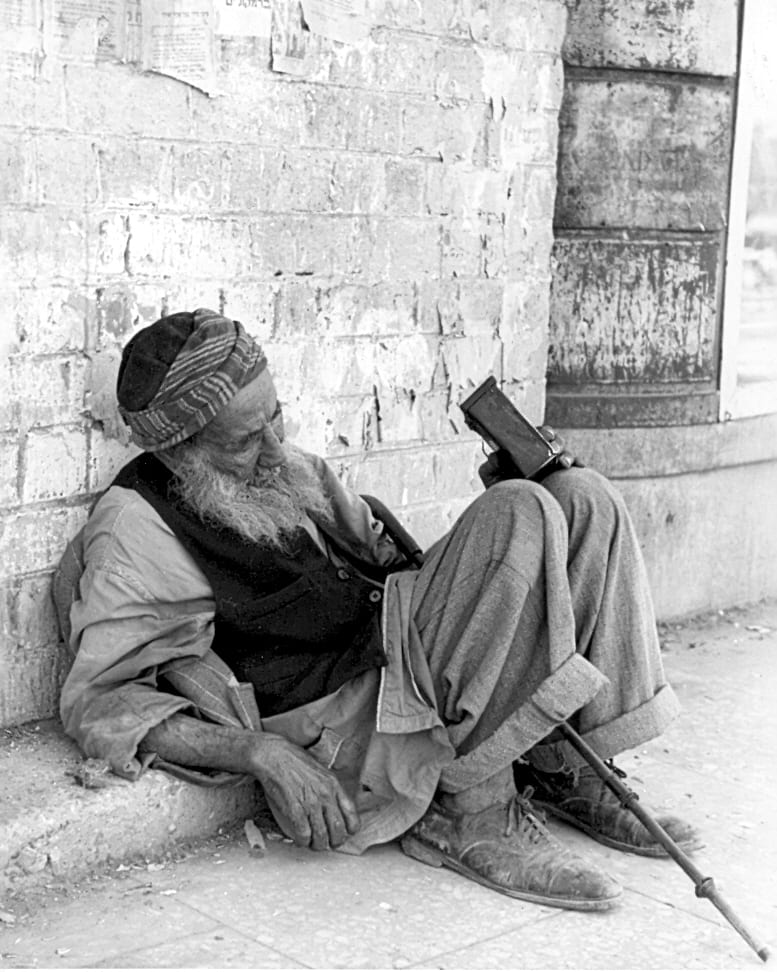Two contradictory ideologies dealing with distributive justice were dominant in modern history: the model of the Socialist State, that strive to expand government’s power and interference in the lives of citizens, and the opposite model of the Liberal State, that focused on individual rights and wished to limit governmental interference in private lives. In a deeper level, even today there is an intense struggle between these two central values – equality versus freedom.
The question of distributive justice kept Jewish philosophers busy since biblical times, when the “Hebrew biblical republic” as Thomas Hobbs called it imposed social laws such tithe taxes, charity, sabbatical and jubilee years, and the half of a Shekel tax.
If we render the biblical moral social laws to modern terms, we may call it part socialism (shmita, tithe, poor tithe, for example) and part liberal-capitalist (voluntary charity, lack of legislation regarding equality, dislike of a regulated monarchy, for example).
After the exile, without a sovereign entity, and when their freedom of occupation and ownership were significantly limited by the authorities, the Jews developed “the capitalist gene” – business entrepreneurship, international commerce, an urge for ambitiousness and erudition, leaving the social matters within the community’s responsibility in voluntary philanthropy institutes such as Hekdesh and Hachnasat Kala.

In the modern era, both schools were represented by bright theorists, many of them Jewish. Among the enthusiastic supporters of “Freedom” were author Ayn Rand, the economist Milton Friedman, the political theorist Isaiah Berlin, and also Robert Nozick, who was born 80 years ago this month.
Born November 16 1938 in Brooklyn, New York, Nozick was the only son of Jewish immigrants who came from a small town in Russia. In his youth he was a passionate socialist, and joined the new left. He graduated in Philosophy from Columbia University, carried on to Princeton for his doctorate, and at the age of 30 was a Professor of Philosophy in Harvard, one of the youngest Professors in the history of the prestigious University.
The 1930’s until the second World War marked the rising of the welfare state model, which was an integration of both values of freedom and equality. Roosevelt’s “new deal” in America, the Beveridge Model in Britain and the rising of the labor party, led to a Renaissance of social legislation such as social security, minimum wage, price control, and other laws. It was the finest hour of the government power, in order to decrease economic inequality.

After the war, during the 1950’s and 1960’s, philosopher John Rawls was one of the leading voices in favor of state’s power. Rawls, surely not a coincidence, was colleague and teacher of Robert Nozick from Harvard. In 1971 Rawls’ book “A theory of Justice” was published and took the academic world by storm. The basic theory was simple and brilliant: when we come to set a constitution, we need to examine reality through a veil of ignorance. Imagine you have no idea whether you are black, white, man or woman, smart or stupid, poor or rich – and only then, when you have reached neutrality as to the nature of the good life – set the constitution. The constitution must disregard all cultural, social, ethnic, biological or economical context. A hundred percent pure equality. It sure seems reasonable and just, but even Rawls realized that naturally there is inequality between individuals, as people are born with different capacities, ambitions and tendencies. Therefore, in order to minimize the gaps, Rawls said we need to choose a way in which gaps are in favor of the weak, for example capitalist’s investments in factories that create jobs.
Unlike in his youth, when he was captured by the beauty of the Socialist idea, as he got older Nozick began to change his views. He started to develop hatred towards the idea of equality, and especially to Rawls’ ideas. Thus, three years after “A theory of Justice”, Nozick’s “Anarchy, State, and Utopia” was published in 1974 – a brilliant work by the Jewish Professor from Harvard, who was only 36 years old at the time.

Nozick’s theory, like Rawls’, was simple and genius: he divided the market into three conditions: Primarily there must be a state of just property distribution, when everyone has equal assets. Then, rules of fair exchange are applied, such as free will contracts of buying and selling; and eventually, this process will always result in a just distribution.
Nozick claims that if you give an equal sum of money to a random group of people, then allow them fair commerce, you’ll have rich and poor within the hour. For economic inequality, according to Nozick, is not the result of injustice but on the contrary, they are the result of talent, diligence, intelligence, entrepreneurship, skill and initiative. Unlike Rawls, who thought that there is a direct link between equality and justice, Nozick asserted that as more we protect individual freedom to act according to personal choice and conscious, the more just our society becomes.
Robert Nozick, who was a three-piece suite man, always looking smart, with a long fluttering hair, was accused by left wingers for being a heartless, alienated libertarian. But as a man with Jewish roots, he simply believed that grace and compassion could not and should not be imposed by the state, but should voluntarily be created within the community, not depending on legislation and enforcement. Whether this world-view is “Jewish” or not – is for you to decide.